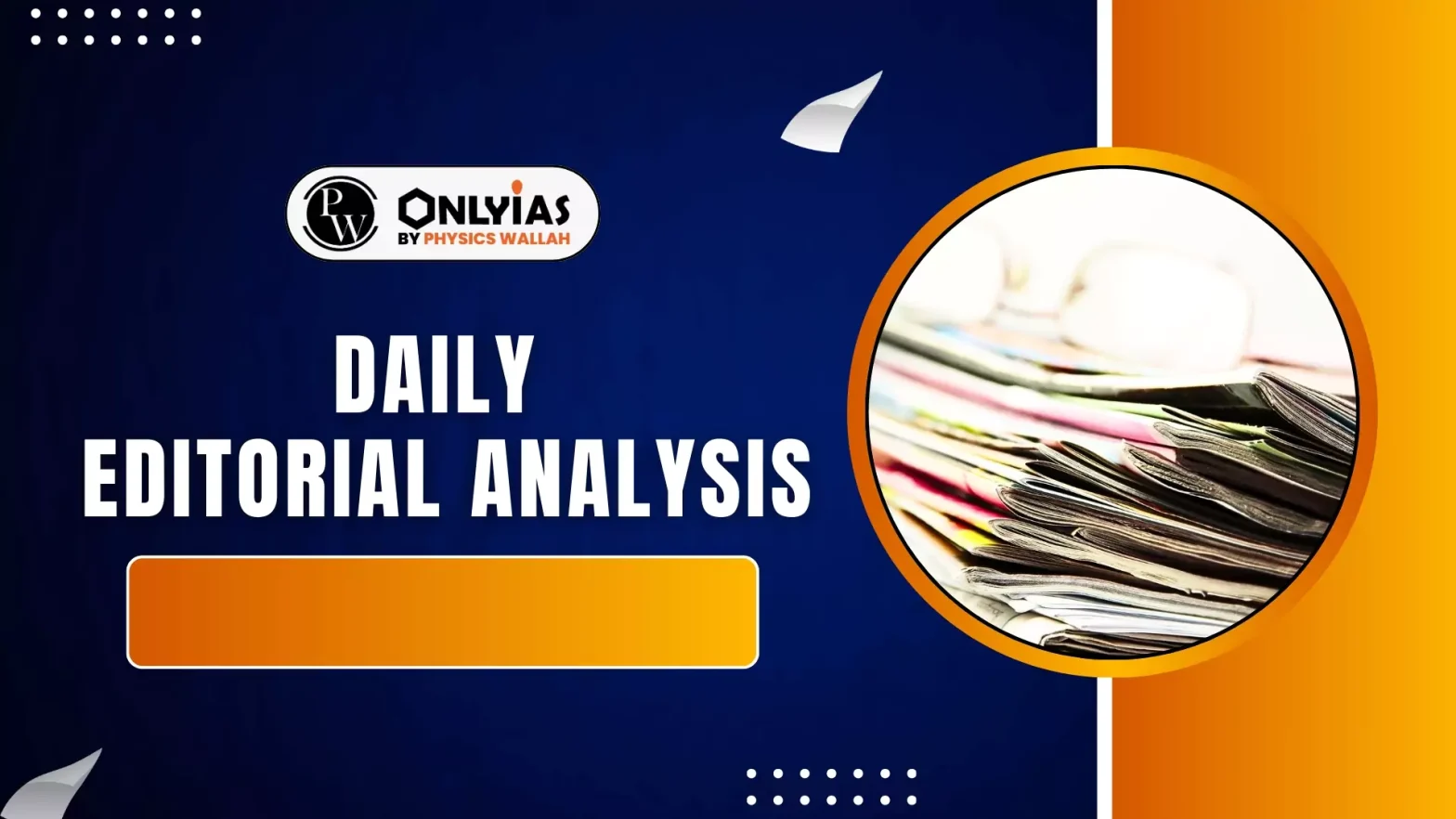India’s ambitious journey towards decarbonisation and achieving Net Zero by 2070 is fundamentally reliant on a rapid shift to electrification, most notably through the widespread adoption of Electric Vehicles (EVs) and Battery Energy Storage Systems (BESS).
- This electrification is simultaneously creating a looming environmental crisis of the exponential growth of battery waste.
The Growing Challenge of Battery Waste
- Growth in EV Battery Demand: The demand for EV lithium batteries alone is projected to skyrocket to nearly 139 gigawatt-hours (GWh) by 2035, a dramatic increase from just 4 GWh in 2023.
- Surge in E-Waste Generation: In 2022, India generated 1.6 million metric tonnes of e-waste, with lithium batteries alone accounting for a significant 700,000 tonnes.
- Presence of Toxic Heavy Metals: Lithium battery waste contains highly toxic chemicals such as cobalt, lithium, and nickel.
- Improper disposal leads to these hazardous materials leaking into soil and water, causing widespread contamination.
- This contamination can trigger serious health issues, including cancer and neurological diseases, and severely impact agriculture.
Extended Producer Responsibility (EPR) and Its Flaw
- The government introduced the Battery Waste Management Rules (BWMR) in 2022.
- Extended Producer Responsibility (EPR): A cornerstone of these rules is the Extended Producer Responsibility (EPR), which legally obligates producers to fund the collection and recycling of their batteries.
- Role of Third-Party Recyclers: Producers typically rely on third-party recyclers, as they lack the necessary logistics and infrastructure.
- EPR Certificates and Floor Price Mechanism: Recyclers, in turn, are meant to receive a minimum compensation, known as the EPR floor price, for issuing EPR certificates that confirm producers have met their recycling duties.
- This price is crucial for recyclers to cover their investments in infrastructure, R&D, labour, and technology.
- However, the fundamental flaw, or the “missing link,” lies in the EPR floor price being excessively low.
- High Cost of Safe Recycling: Properly disposing of lithium battery waste is an expensive endeavour, demanding advanced processing technologies, safe transportation, and skilled labour.
- When the EPR floor price fails to adequately cover these substantial costs, it renders legitimate recycling economically unviable.
Consequences of a Low EPR Floor Price
- Proliferation of Fraudulent Recyclers: Legitimate recyclers struggle to sustain operations, leading to the flourishing of informal and fraudulent players.
- These entities often issue false recycling certificates or resort to simply dumping hazardous waste, as observed previously in India’s plastic waste management sector.
- Undermining Circular Economy Goals: Without a fair EPR floor price, India’s ambition for a circular economy is fundamentally undermined, as waste cannot be properly recycled and reused.
- Environmental Degradation: The ultimate consequence is severe environmental degradation from improper recycling or outright dumping, directly threatening soil and water ecosystems.
- Financial Repercussions: Inadequate battery recycling could lead to over $1 billion in foreign exchange losses by 2030.
- Producer Resistance and Consumer Burden: Large consumer electronics manufacturers further exacerbate the problem by resisting compliance, often exhibiting different policies for developed and developing countries.
- This dual standard allows corporations to circumvent their environmental responsibilities in emerging markets like India, risking the establishment of sustainable battery ecosystems.
- Crucially, the argument that adjusting the EPR floor price would increase costs for consumers is unfounded.
- Global metal prices have significantly declined over the past two years, yet manufacturers have failed to pass on these savings to consumers.
- This indicates that Original Equipment Manufacturers (OEMs) possess the capacity to absorb higher recycling costs without resorting to price increases.
Measures For effective battery waste management
- EPR Floor Pricing: India must move towards an EPR floor price that accurately reflects the real costs of recycling and industry building.
- For instance, the United Kingdom mandates producers to pay approximately ₹600 per kilogram for EV battery recycling, a figure significantly higher than what is currently under consideration for India, even after accounting for purchasing power differences.
- Strengthen Enforcement Mechanisms: This requires robust audit systems, digital tracking of EPR certificates, and the imposition of stringent penalties for fraud and non-compliance.
- Producers and recyclers must be held accountable to prevent shortcuts.
- Integrate Informal Recyclers: India possesses a vast informal recycling network with valuable experience.
- The government must formalise this sector by providing training, health insurance, and regulatory support.
- This will eliminate hazardous practices, protect workers, and significantly expand India’s overall recycling capacity.
- Foster Constructive Dialogue: Immediate dialogue between policymakers, industry stakeholders, and recyclers is essential to establish a viable pricing structure informed by global best practices.
Conclusion
By recalibrating the EPR floor price, strengthening enforcement, and formalising the informal sector, India can transform the looming challenge of battery waste into a powerful catalyst for green growth and a truly circular economy, thereby solidifying a key pillar for Viksit Bharat.
![]() 5 Aug 2025
5 Aug 2025

